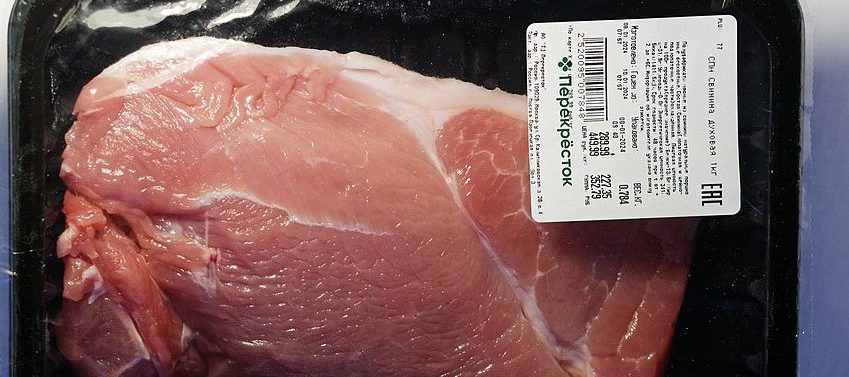China could heavily tax incoming animal products from Europe in retaliation against tough Electric Vehicle (EV) tariffs that the European Union (EU) imposed on June 12, 2024.
Following the announcement of EV tariff raises from 10% to 38.1% starting July 4, focus quickly shifted on possible retaliation.
China is apparently already readying to launch a probe on Europe-originating dairy and pork imports.
Targeting Dairy & Pork Subsidies
As major agricultural imports by China, dairy and pork are currently drawing anti-subsidy sentiments similar to those surrounding EVs.
The EU imposed EV tariffs to checkmate unfair subsidies within China that make it hard for Europe’s carmakers to compete. Similarly, China could decide to impose tariffs on Europe’s dairy and pork imports over equally unfair subsidies.
Tellingly, by June 8, 2024, local firms were already urging China to launch anti-subsidy proceedings on dairy imports.
If the proceedings go ahead, they could drag down EU-China dairy trade and could have possible ramifications worldwide.
Case Study of Danone
Some of the ramifications include the fact that Europe’s dairy exports cross-tie other suppliers such as New Zealand. As the biggest dairy product-exporting nation globally, the kiwi country hosts major EU firms including Danone of France.
Danone makes infant formula milk which it exports from New Zealand to China and the United States.
In China itself, Danone had by 2023 increased investments by 84.1% and earned 10% of its income from China.
Key Tariff Targets
Other possible tariff targets could include Europe’s animal product categories of high export value such as whey and pork.
Whey contributed greatly to the 1.7 billion euros ($1.837 billion) that Europe made in 2023 from China-bound dairy exports.
Pork could also suffer tariff blows, given that China obtained about 23% of its worldwide pork in 2023 from Spain.
Additionally, European exporters fear that China’s pork import tariff could rise above the extant 14 to 14..5% of 2020.
In short, Europe’s animal product shippers are anxious of China’s reaction to back-to-back Western tariffs. The double slap now includes the erstwhile 100% EV tariff by the U.S. and the current 38.1% one by the EU. As the following data reveals, exporters have reason to be circumspect as Europe is China’s second biggest dairy and pork supplier.
Sino-European Dairy and Pork Trade Statistics
In 2023, the EU supplied 36% of China’s dairy and pork imports, the second highest for this particular market.
How much revenue does the EU generate from pork and dairy exports to China?
In 2023, the EU earned almost 5 billion euros (almost $5.407 billion) from pork and dairy exports to China. This represented 25% of all agricultural and animal product exports from the EU to China. Dairy alone generated 1.7 billion euros ($1.837 billion) in 2023.
What are the export values of EU’s animal products versus crop exports to China?
2023 data from Politico shows that the EU exported 4.993 billion euros ($5.399 billion) worth of animal products, mostly dairy and pork, while the crop export value (mainly arable crop products) reached 4.62 billion euros ($4.996 billion). Beverages followed at 2.966 billion euros ($3.207 billion) while coffee, tea, spices and cocoa finished with 124 million euros ($134.1 million).
How much pork value does China receive from Europe?
About 2.455 billion euros ($2.655 billion) worth of pig meat reached China from the EU in 2023, down from 2020’s 7 billion euros ($7.751 billion). The 2020 peak resulted from low domestic supplies due to the African Swine Fever (ASF) that reduced China’s pig population.
